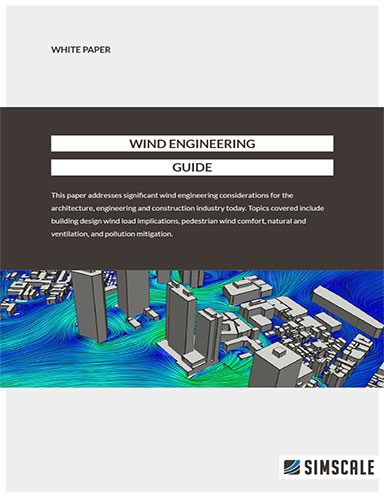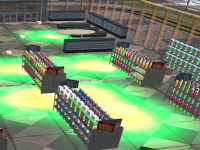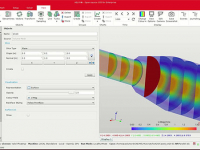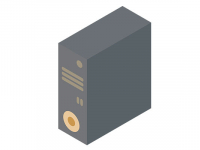
May 19, 2021
Any building design project is a complicated endeavour that consists of multiple phases and requires contributions from multiple disciplines. Wind engineering exists as one of these disciplines, and is the science behind combining fluid mechanics with wind and thermal comfort to ensure safe and functional living conditions for humans. Designing structures that will last depends on the ability of engineers to understand and predict the behavior of wind.
This specific requirement fuels the centuries-long quest for equations and rules to model fluid flow, a quest that is still relevant today and poised to drive research for many years to come in both meteorology and engineering academias.
This guide explores wind engineering considerations for the initial and planning phases of the building design process including wind load, pedestrian wind comfort, ventilation, and pollution mitigation.
Fill out the information below to download the resource.
Latest News







